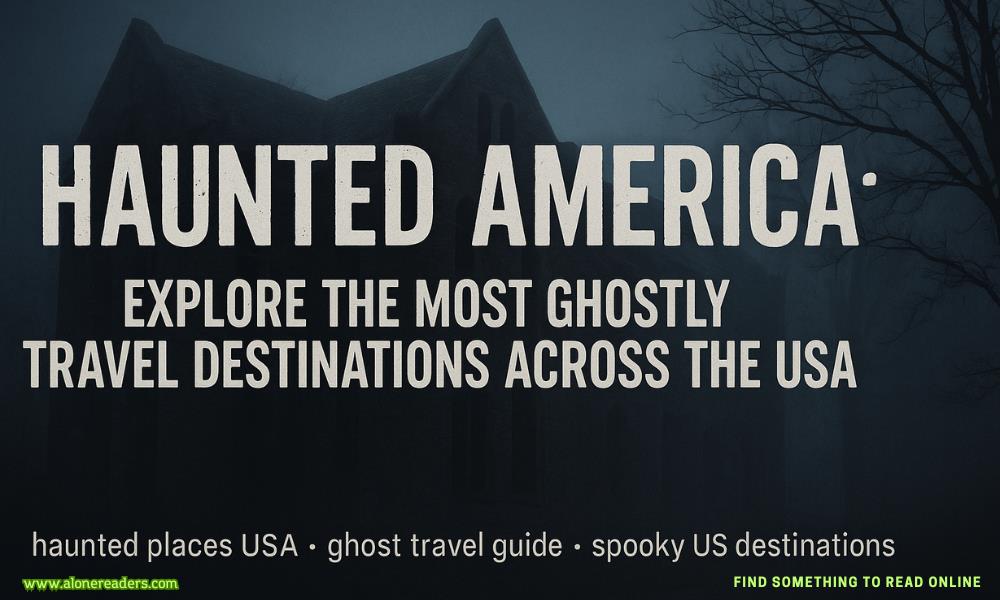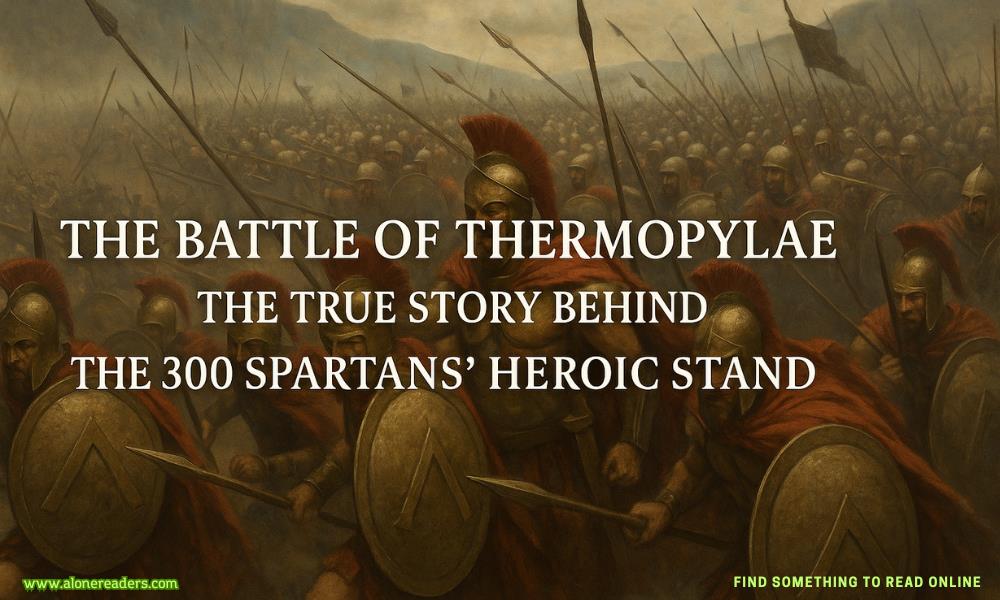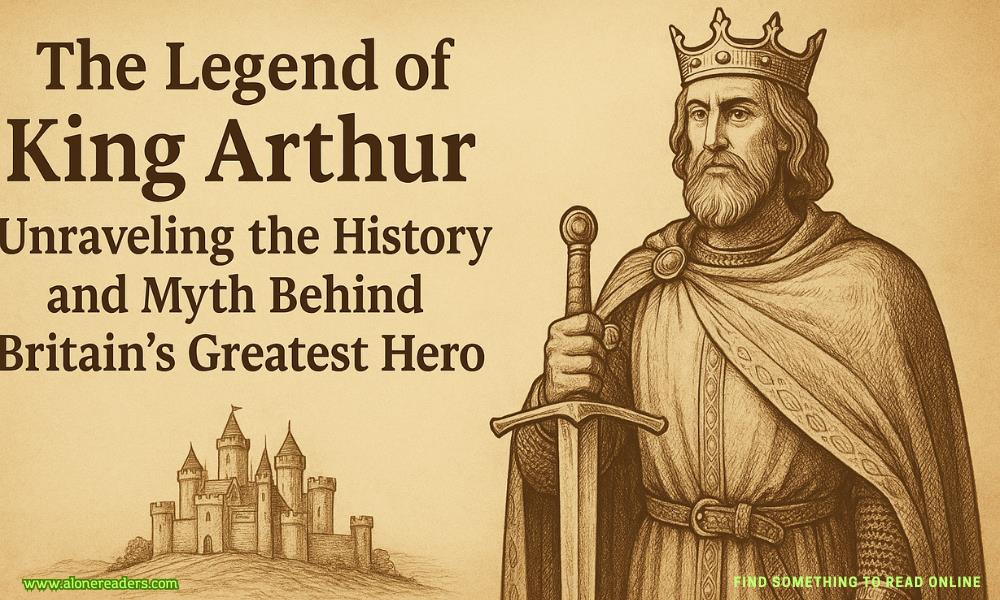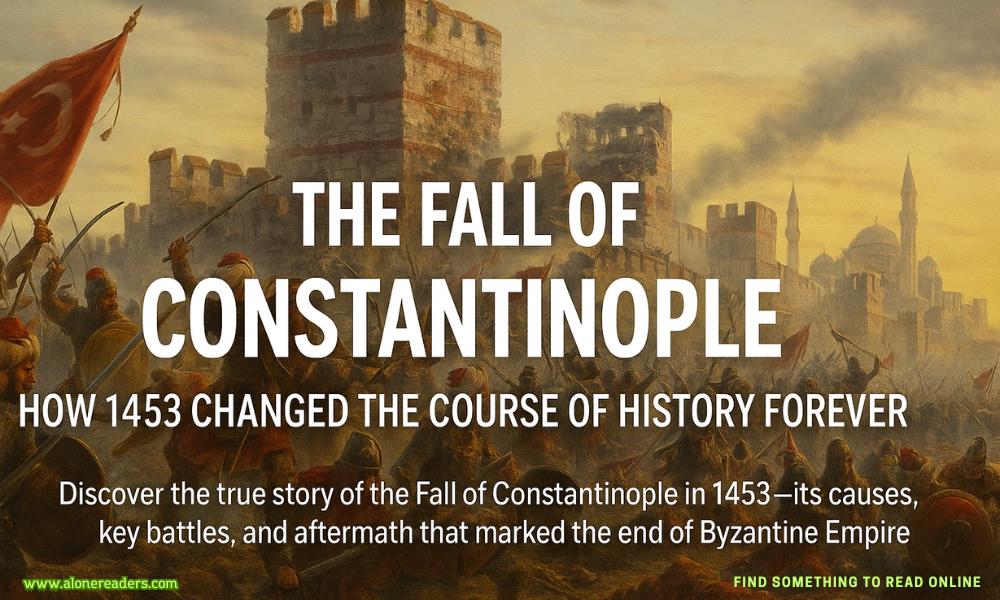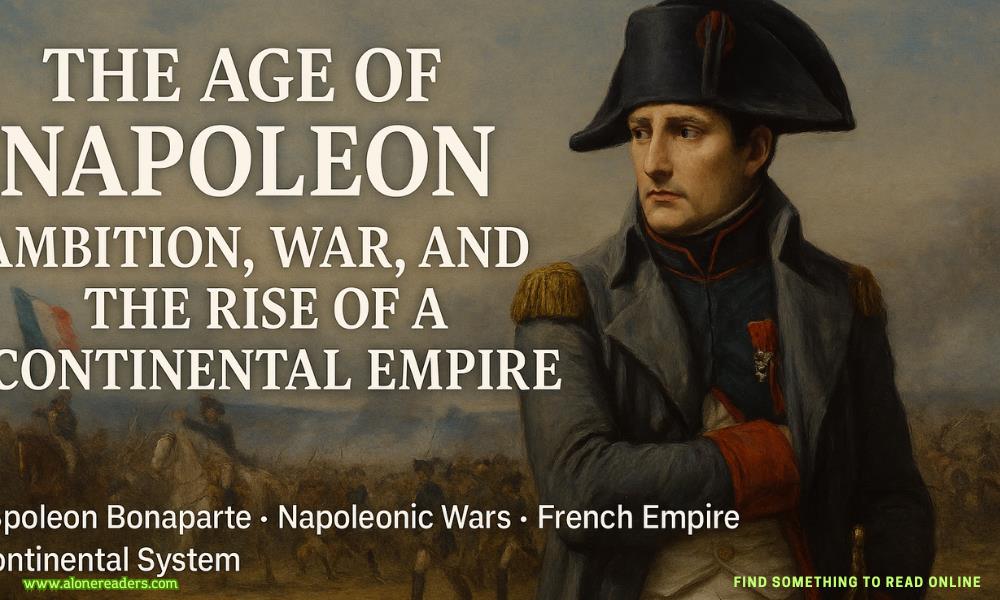Page 8 of The Sniper
The courtyard was a blur of motion—flashing lights, rushing voices, EMTs shouting codes and mothers sobbing softly into oxygen masks. But I didn’t cry.
I stood in the center of it all, arms crossed tight over my chest, soaked through to the skin. My hair was plastered to my temples, skirt twisted from where I’d stumbled earlier. There were raindrops on my eyelashes, but I didn’t blink them away. I needed to stay focused.
Someone handed me a shock blanket. I barely felt it.
I was too busy watching the children.
Some sat curled in their mothers’ laps. Others clung to volunteers. A few were silent, eyes wide and glassy, their little bodies stiff as boards. That kind of stillness—where you don’t even tremble—it scared me most. That wasn’t just fear. That was freeze.
The body shutting down to survive.
And I knew—Lord, I knew—what this night had done to them. What it would cost.
That little girl, his daughter ... she was still in her mother’s arms. Her tiny face buried in the crook of a shoulder, one hand fisted into her mother’s shirt like she’d never let go again. She didn’t make a sound. Not even a whimper now. Just stared over her mama’s shoulder like her mind had gone somewhere far away and quiet.
People thought toddlers couldn’t understand trauma.
They were wrong.
I remembered it plain as day—Child Development 203, second semester of my junior year at Wofford College. Professor Simmons, with her thick glasses and cardigan that always smelled like peppermint, pacing in front of the whiteboard.
“Children remember what they feel before they remember what they know,” she’d said. “If a child feels fear, helplessness, or abandonment before they develop language, it still shapes them. It wires their brains around the idea that the world is not safe.”
That class came flooding back now like a bad dream. Brain pathways. Fight, flight, freeze. Developmental delay. Emotional dysregulation. PTSD in toddlers.
I swallowed hard.
That baby girl had felt her daddy scream, point a gun, die violently right in front of her.
No matter how young she was, she’d felt it.
And the others, too. Some old enough to remember every word, every flash of violence, every scream. No amount of soft music, play therapy, or whispered scripture would erase that.
I prayed it wouldn’t stay in them like a poison.
But I knew the odds.
“Hallie Mae Calhoun.”
I turned toward the voice. It was Deputy Carla Mendez, clipboard in hand, her uniform soaked and streaked with mud. She’d been kind through all of it. Gentle. But I saw the weariness in her eyes, the way her shoulders slumped under the weight of too much blood and not enough sleep.
“We need a statement. As soon as you’re able.”
I nodded. “Of course.”
She hesitated, then touched my arm lightly. “You did good, you know. Real good. Got them all out here. Held it together.”
“I’m just glad they’re alive,” I whispered.
But even that felt like a lie.
Because part of them wasn’t.
Maybe their bodies had survived. But their innocence, their trust, their peace? Those were lying dead in that courtyard right next to him.
The man they’d watched fall. The man I’d looked in the eye—close enough to smell the liquor on his breath—and told to stop.
A man whose blood still streaked the concrete ten feet away, even though they’d draped a tarp over his body.




